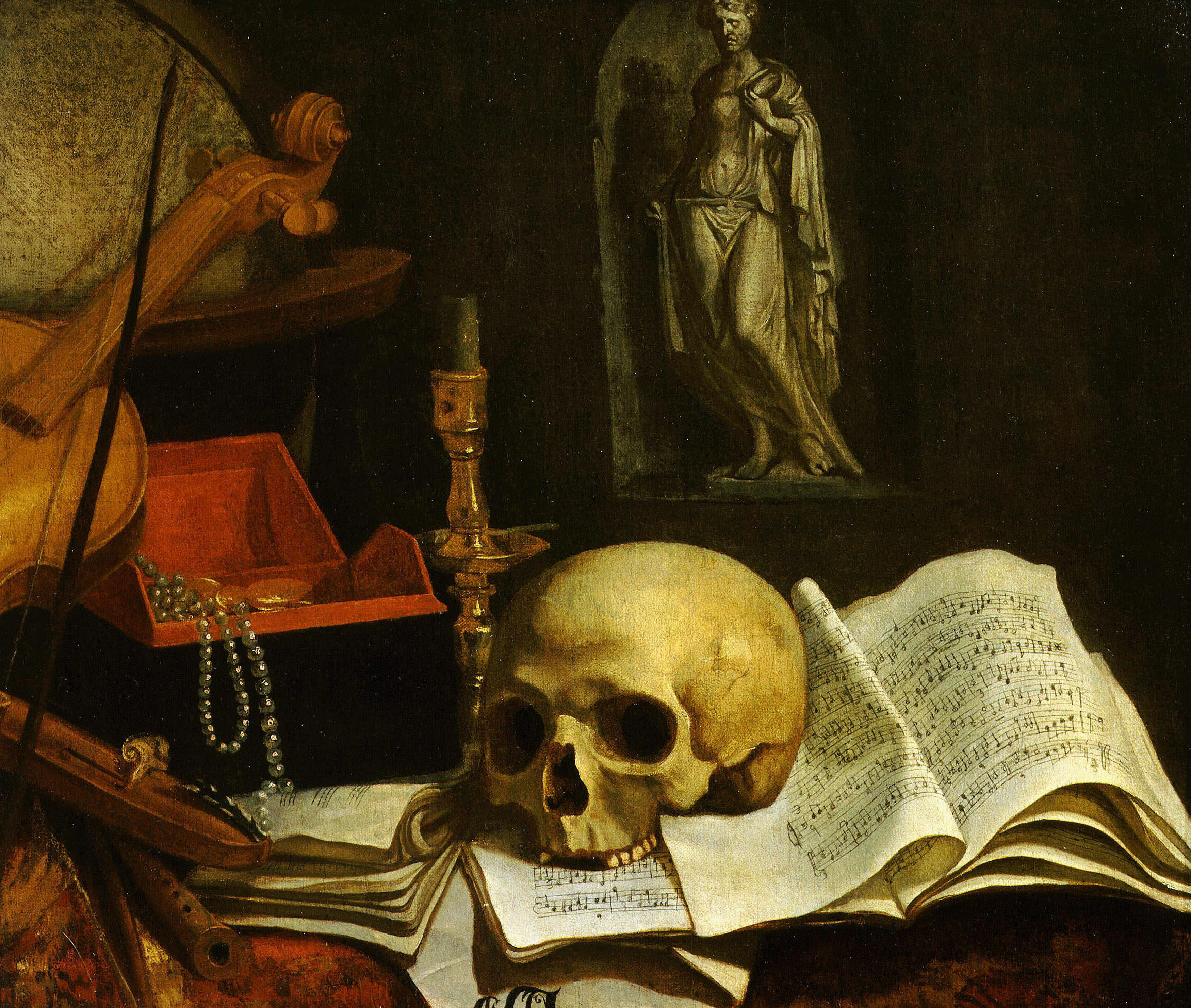Still life
Still life, as a particular genre, began with Netherlandish painting of the 16th and 17th centuries, and the English term still life derives from the Dutch word still even. Early still-life paintings, particularly before 1700, often contained religious and allegorical symbolism relating to the objects depicted.
Still life has captured the imagination of photographers from the early 19th century to the present day. It is a tradition full of lavish, exotic and sometimes dark arrangements, rich with symbolic depth and meaning. One of the main preoccupations among those living in the 16th and 17th centuries was the brevity of life and its fragility. Still life paintings of this period are more commonly referred to as ‘vanitas’.
History
Still life has captured the imagination of photographers from the early 19th century to the present day. It is a tradition full of lavish, the first still life work was by the Italian painter Jacopo de’Barbari painted in 1504.
Still life, as a particular genre, began with Netherlandish painting of the 16th and 17th centuries, and the English term still life derives from the Dutch word still even. Early still-life paintings, particularly before 1700, often contained religious and allegorical symbolism relating to the objects depicted. In the early days of photography long exposures were required to take a picture. Still life made an ideal subject because the inanimate objects did not move during the process.
Analysis

The vocal point for this image is the skull leaning on the piano notes, the image then leads towards the left leading your eyes around the painting analysing the small aspects and details. You can depict this painting with the historical background, the 15th century being a very controversial century with many historical artefacts.
Still life is viewed as a historic art form in the world of contemporary painting, has been kept very much alive in historic and contemporary.

To achieve more marks in Assessment Objective 1, follow these instructions
1. Improve context of still-life by reading two texts by Brian Liddy and Roy Exley on blog. Try and incorporate a quote from each critic and comment on it.
Brian Liddy: ‘ART OF ARRANGEMENT’: ON THE SHORTNESS OF LIFE
https://blog.scienceandmediamuseum.org.uk/art-of-arrangement-on-the-shortness-of-life-brian-liddy/
Roy Exley: ‘ART OF ARRANGEMENT’: STILL LIFE IN THE STILL-LIFE
https://blog.scienceandmediamuseum.org.uk/art-arrangement-still-life-still-life/
For further insights into the symbolic meaning of food and objects in still-life paintings, read this text Secret Symbols in Still-Life
https://www.bbc.com/culture/article/20180318-secret-symbols-in-still-life-painting
2. Include more images from early to contemporary photography. Study this exhibition:
https://www.scienceandmediamuseum.org.uk/what-was-on/art-arrangement-photography-and-still-life-tradition
Hi Aimee, overall you need to make a little more effort in every piece of work that you produce, both written and practical tasks – we know you can do it!